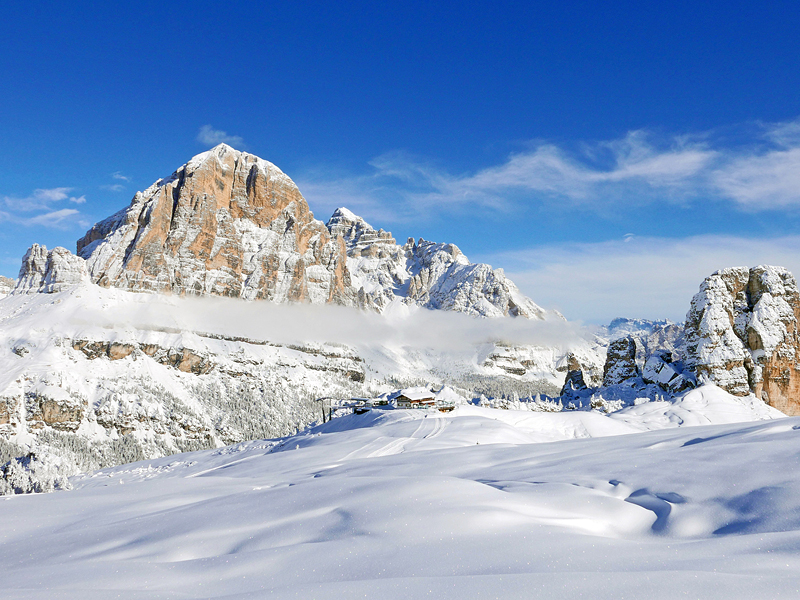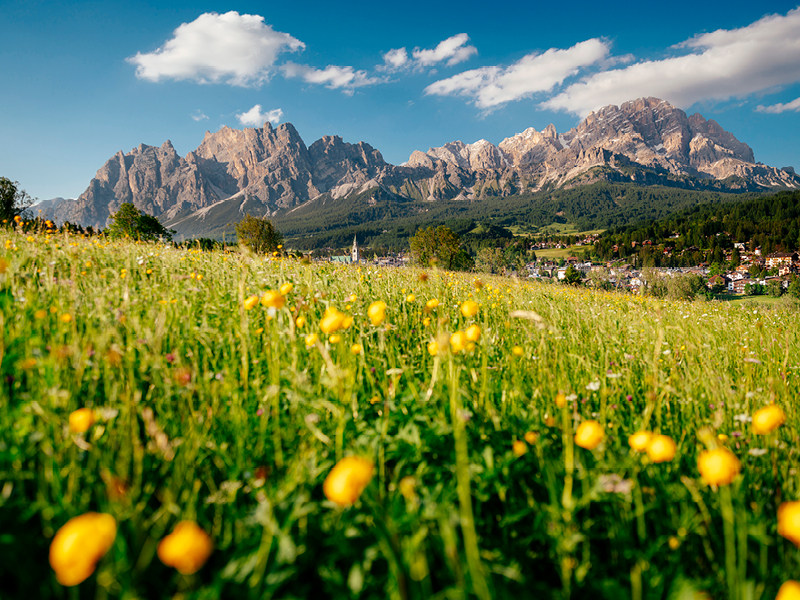

Al tramonto si accendono di un rosso fuoco, per passare poi al viola, prima di spegnersi nella notte: è l'Enrosadira, un fenomeno che affonda le sue origini nella leggenda. Le vostre vacanze sulle Dolomiti UNESCO saranno uniche. Meta ideale per arrampicare, fare trekking, scoprire le Dolomiti in bici, trascorrere delle indimenticabili vacanze benessere o dei week end romantici.
Scopri tutte le nostre proposte.

